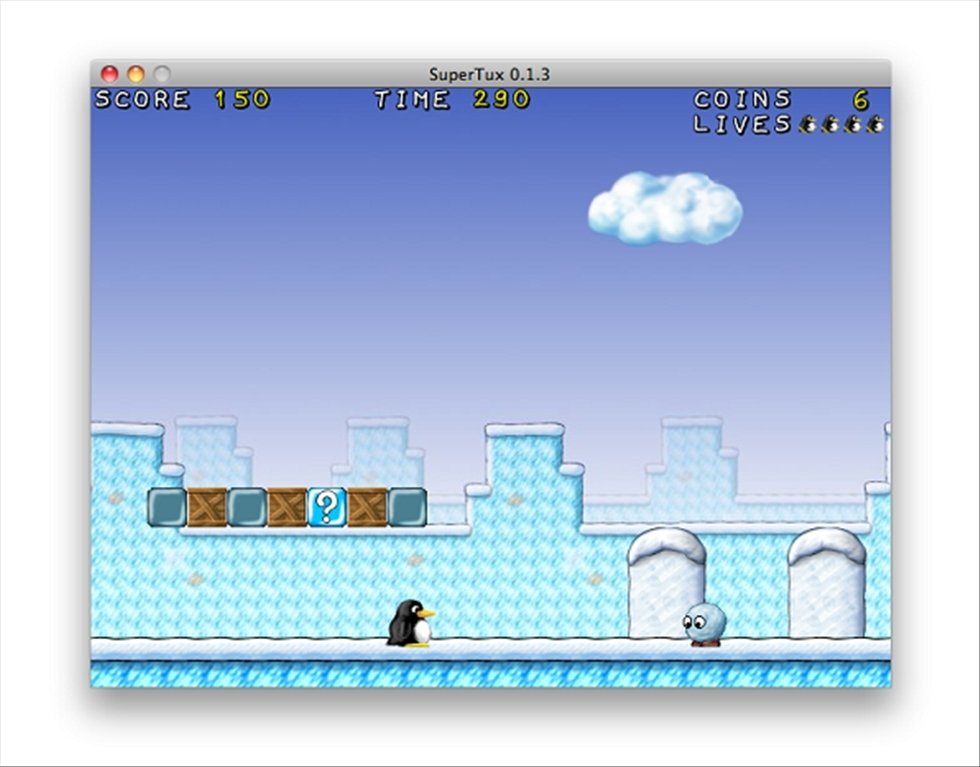

Within each of these there are sub-mission types. In some you are destroying key targets, some are sneaky recon missions, and in others you could be carrying stuff to or from your base. I have several different mission types in Captain Kaon. Whatever types of levels you have in a game it’s important that they aren’t all the same and that no two of the same type are consecutive. It also allowed me to see what kinds of levels I was stringing together, which was important in preventing repetition. I created a spreadsheet with level information, it allowed me to keep track of which stages of designing and creating the levels I was at. In the end you’ll have a nice little component palette from which to build your levels.
_Fish_in_water_test.png)
You need to break your ‘first playable’ level up into different visual components and create variations of these as well. You can then take other gameplay components, such as obstacles and power ups, and mix those in to create further variations in gameplay.Ī game is also a visual experience. By taking different variations of enemies, in different quantities and mixes, you will be able to build different gameplay experiences. Enemies are one type of component you use to build your levels. If you only have one enemy type to place in your rooms, your game will rapidly become repetitive.
Supertux title screen level design series#
Imagine a series of rooms, each one has an enemy in. A game is a series of escalating challenges, each built with a different combination of these components. But the best part, creating them was a fluid and painless process.Īlong with your rules for building a level you need a palette of components to build it from. So far Captain Kaon has 42 levels across 19 missions, each one different and fun. Once you’ve determined your guides and rules you have something to iterate within to produce variations of working levels. Add the briefing and hook up to the frontend.They were mostly obvious things that were easy to forget about, such as: These were steps I would go through to ensure the level ran first time. In addition to this I was able to create a checklist document of technical requirements for the level to function in the game. Areas where the player is expected to fight drones should be at least 2x2 tiles in size to allow the player to manoeuvre.The edge of the room must have a border of three tiles to ensure the camera does butt up against the edge of the room.These would be important things that I would have to bear in mind when designing the levels, otherwise there was a risk that playtesting would expose basic problems I would have to waste time fixing. Using my first playable I was able to establish a set or rigid rules and flexible guidelines for creating levels.

It’s better to figure out all these rules on one level first, otherwise you’re just redoing every level all the time. It could be something simple like not placing two objects of the same type within a certain distance of each other, or having a minimum corridor width that allows enough space for gameplay. Every time you figure out something with your level design, a new rule that needs to be applied, you will have to go through all your levels and apply it. If you’re building several levels at once you will have to waste a lot of time just maintaining them. Once you figure out where the fun is and spot problems, you can then then iterate and expand on this level. It’s better to work on one level and concentrate on making it good, than to juggle several levels at once. There are lots of reasons why a team does a ‘first playable’ level, but for this blog there is only one thing to focus on. This is a vertical slice of the game that tries to represent the potential final game. Get Some RulesĪfter I had made a simple prototype of the game that would become Captain Kaon I made a ‘first playable’ level.
Supertux title screen level design download#
If you’d like to see the fruits of my level design labours you can have a go on the Alpha build of Captain Kaon, there is a download link to the latest version on my Greenlight page available via the web, or on the Steam App.


 0 kommentar(er)
0 kommentar(er)
